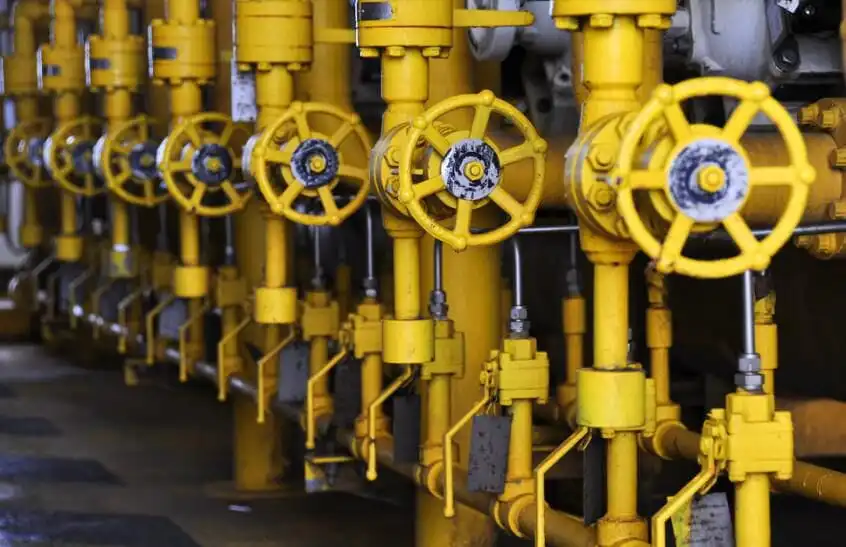Control valves are valves that operate with the purpose of controlling certain conditions including flow, media, pressure, temperature and liquid level. They work by either opening or closing in its entire or partial capacity in response to certain criteria. The valves often operate through the use of signals that are programmed to have a set point for a predetermined process variable.
A control valve is made up of three main parts: the actuator, positioner, and body. There are several types and designs, depending on the application.
Control Valves for Chemical Reactions
Because the use of chemicals, especially hazardous ones, is such a precise process, the control valve must often perform to exacting standards. They are generally controlled electronically, hydraulically, pneumatically, and even in some cases, manually by trained operators. The valves are used to add a controlled dosage of chemicals to another set at certain levels and under certain circumstances.
In many chemical processing applications, control valves must operate in extremely harsh environments. The valves are designed to handle brutal acidic, corrosive, abrasive, and other hazardous conditions and may be required to meet or exceed ASME B16.34 or related specifications.
It is also essential that these valves are well constructed and perform as intended in order to ensure a smooth operational process, avoid damage to surrounding equipment from leakage, and most important, to keep hazardous media within the system and safeguard the safety of personnel.
Control Valve Applications
- Agriculture
- Biofuels
- Construction
- Food and beverage processing
- Mining
- Nuclear power
- Oil and gas
- Pharmaceutical
- Paper and pulp
- Refining
- Scientific
- Sewage treatment
- Slurry
- Water and wastewater treatment

